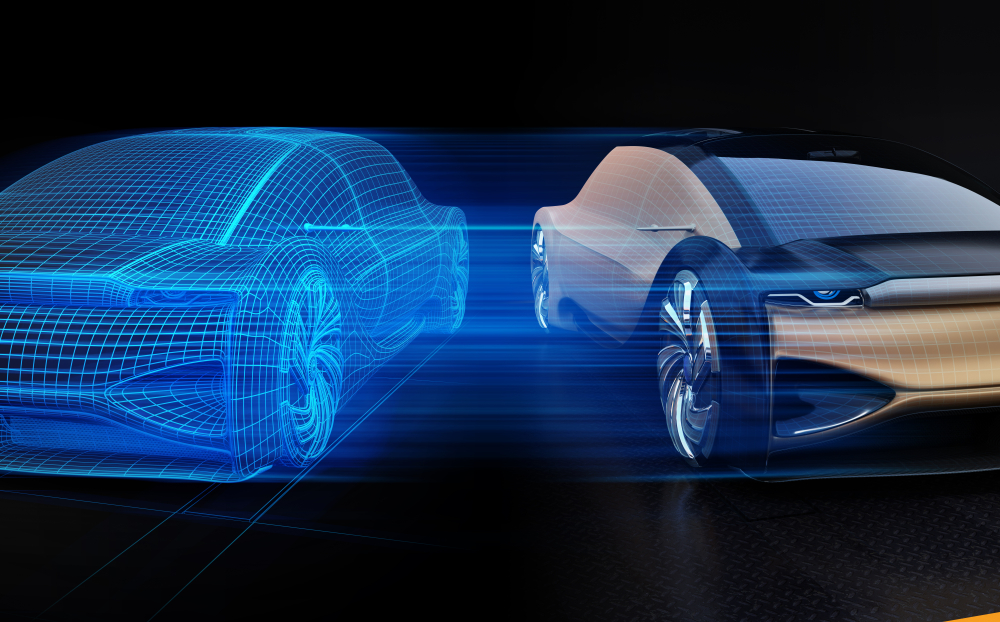4 Tips for Establishing a Powerful Digital Twin

Of the many technologies gaining traction in factories of all sizes, digital twins are perhaps the most innovative. Digital twins are revolutionizing enterprise asset management (EAM) and paving the way for smarter maintenance, better equipment return on investment (ROI), and enhanced longevity that keeps manufacturing lines producing longer and more reliably.
To take advantage of these benefits and many others, manufacturers are increasingly investing in digital twin technologies. But an investment in software and equipment should come with an equivalent investment in forethought. How will you establish a digital twin and integrate it into digital manufacturing operations?
Recapping digital twins
A digital twin is a virtual representation of a physical asset. In the manufacturing environment, it’s a digital copy of a fixed asset, such as a piece of production equipment, a vehicle, a facility, or another long-term, critical asset.
The digital twin isn’t merely a virtual reproduction. It’s also a data hub for the asset. Manufacturers can sync numerous data streams together to form a living profile of their asset. This often includes maintenance records, cost center information, and real-time performance data. Digital twins provide a high-level view with the potential to improve asset management and business decision-making.

Constructing a useful digital twin
Digital twins provide manufacturers with a comprehensive understanding of their assets: how much they cost, what condition they’re in, historical records, and more. But a twin can only deliver insights to the extent that it’s well-constructed and well-managed. With that in mind, here are four tips for establishing a powerful digital twin:
- Choose the right EAM software. Build the twin using software designed to produce a robust digital replica of your equipment. That means choosing EAM software that specifically offers digital twin capabilities and the integrations needed to nab data.
- Integrate all living information. The more information you feed a digital twin, the more complete the picture of its equivalent asset. Strive to create synergies across your tech stack, and pull in cost center data, maintenance records, and even streaming industrial internet of things (IIoT) technology.
- Create use cases for the twin. Once you have a twin built, find applications for it. Use it as a fundamental part of decision-making when it comes to maintenance schedules, cost-benefit analysis, labor allocation, and more. Put digital twins to work!
- Update and manage the twin. The insights offered by a digital twin are only relevant if the data is clean, current, and of high quality. Create systems for verifying data — and for updating and managing the digital twin. Automate data collection where possible, and incorporate checks and balances for verification.
A well-constructed digital twin will run itself for the most part. It takes time and effort to build it the right way and ensure it will continue to function as expected.

The future of enterprise asset management
Manufacturing is an industry built on fixed assets. Manufacturers looking for more productive ways to manage these assets will find digital twins enable them to be more proactive and purposeful in their decision-making. From improved maintenance and lower cost of ownership to increased longevity and ROI, a well-designed digital twin can pay dividends for its physical counterpart.